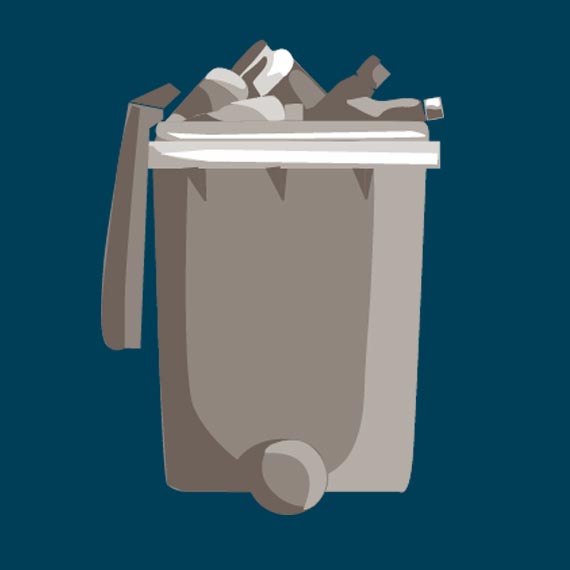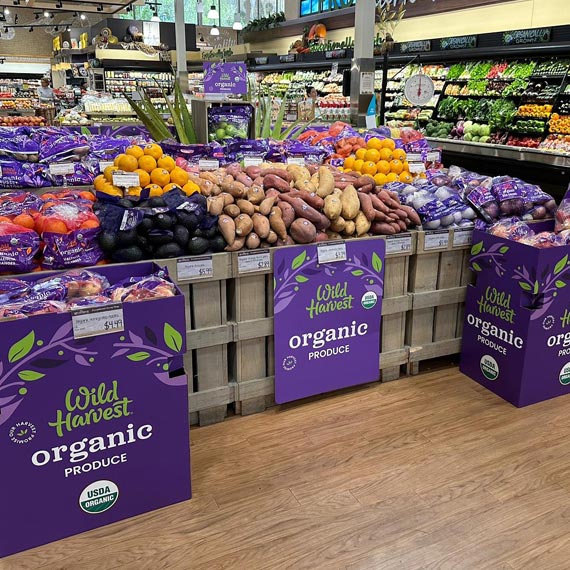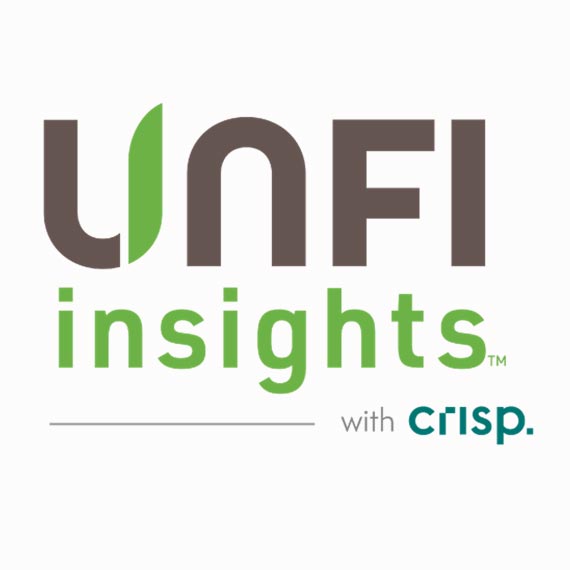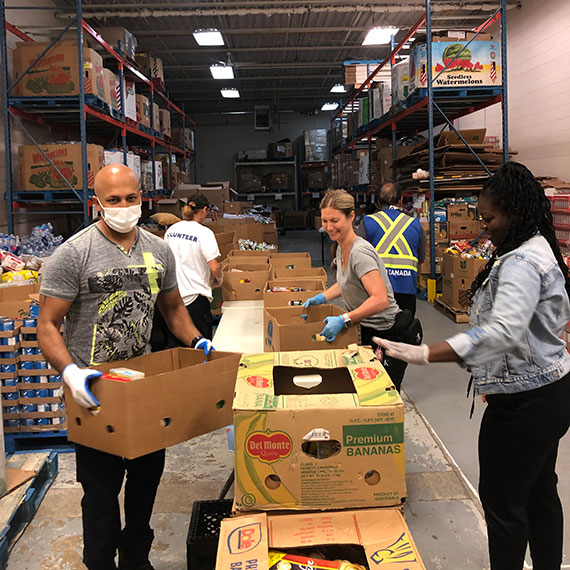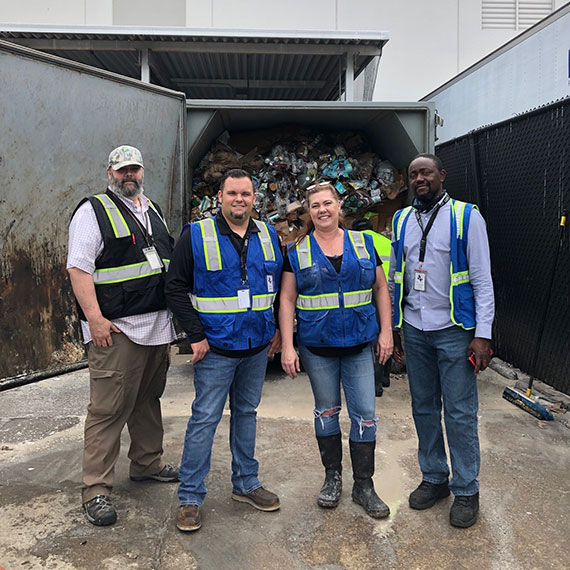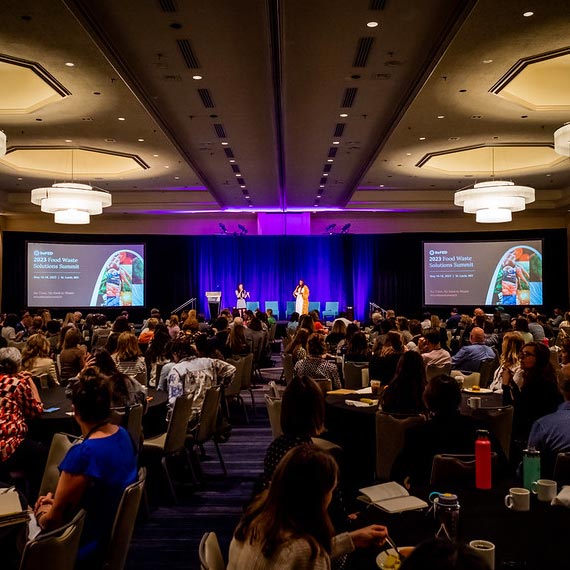waste reduction
-

The amount of waste that can be created at all stages in the food value chain cannot be underestimated. We’re doing some deep self-reflection to find ways to reduce waste and maintain the longevity and economic value of the materials we use. After all, excessive waste is a sign of inefficiencies in our system.
-
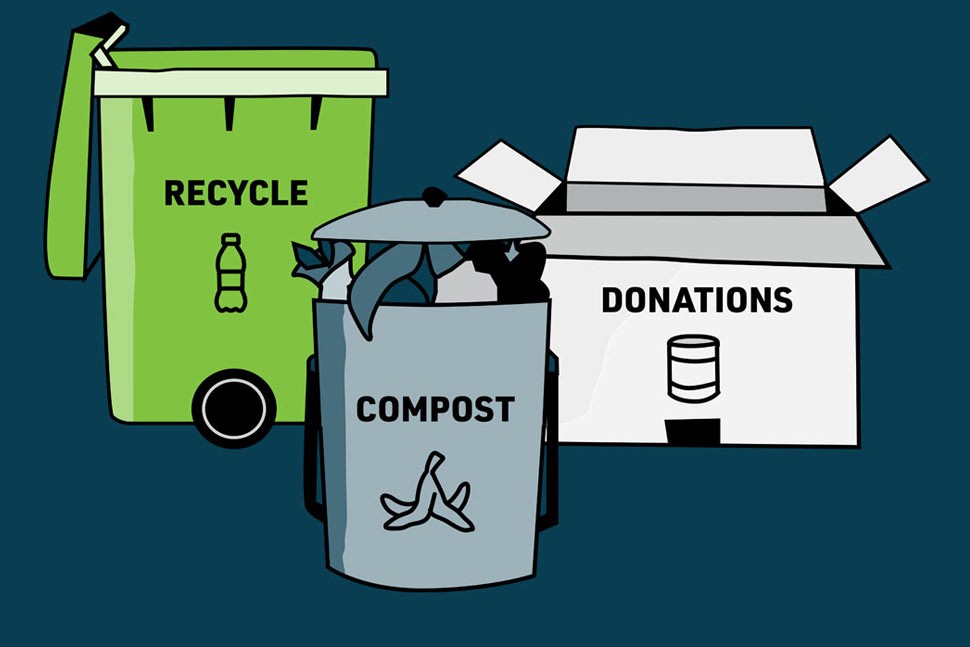
-
How is this better for all?
-

OUR PEOPLE
Creating less waste means even better, safer working conditions for our people.
-

OUR COMMUNITIES
Keeping food waste out of landfills means there’s another meal to feed our communities, increasing food access and food security.
-

OUR WORLD
Creating less waste has a direct benefit of preserving the planet’s resources, reducing world hunger, and doing our part to mitigate climate change.
-
We will continue diverting waste from landfill, and reducing waste before it even happens, to meet our goals. Knowing the cause of waste can help us mitigate it at the source, and minimize future waste.
-
Zero Waste to Landfill
-
Food Waste
We have made traction in our overall waste reduction efforts, but we are still evaluating how our packaging contributes to our holistic waste footprint. We are at the beginning of our journey, but need to remember that not all packaging is inherently bad. We rely on it for food safety, quality assurance, and ease of transport.
-
We started with an audit of a sampling of our distribution centers to figure out the exact materials that make up the packaging we use in everyday operations – looking at everything from pallets to protective coverings. With the results of that audit in hand, we can work on improving year-over-year by mitigating virgin cardboard and plastic, reducing and reusing materials, recycling and composting, and finally treating and disposing of waste as a last resort.
We started this work in our distribution centers and are now also looking downstream to further amplify our efforts. As part of our Professional Services offerings, customers can take advantage of new food waste and shrink reduction technologies that precisely monitor metrics, such as storage temperature, serving sizes, and more.
-
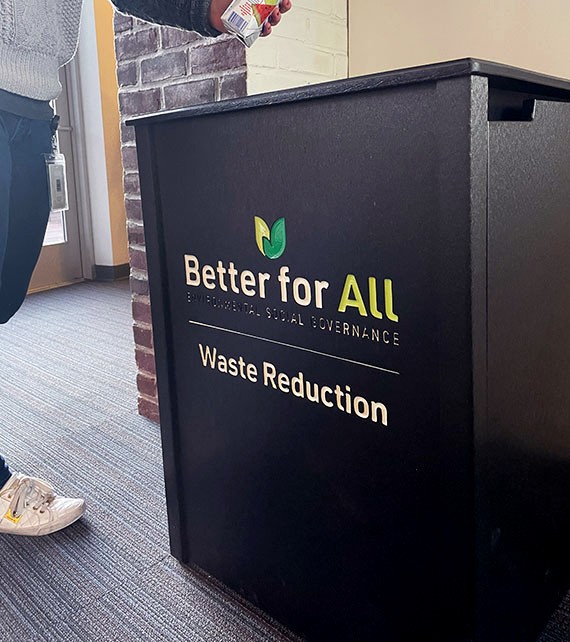
In addition to our operational waste and packaging choices, food waste continues to be an industry-wide problem. Sending expired or damaged product to the landfill is no one’s idea of success – it hits our bottom line, contributes to climate change, and hinders our communities’ access to food. We’ve set reduction goals and are working with stellar partners to reduce food waste along our value chain.
-
Our waste audits continue to highlight that most of our food waste happened as a result of damage to products inside our warehouses – a learning that demonstrates the continued importance of food safety and damage reduction. Damaged goods – particularly when they are contained in glass or metal packaging – can present safety risks to those who are trying to recover potentially donatable and salvageable items that are still intact. Since we won’t jeopardize the safety of our associates or partners, and must abide by the regulations that manage the quality of food waste used as animal feed, we currently still have limitations in mitigating all food waste from our distribution centers.
-
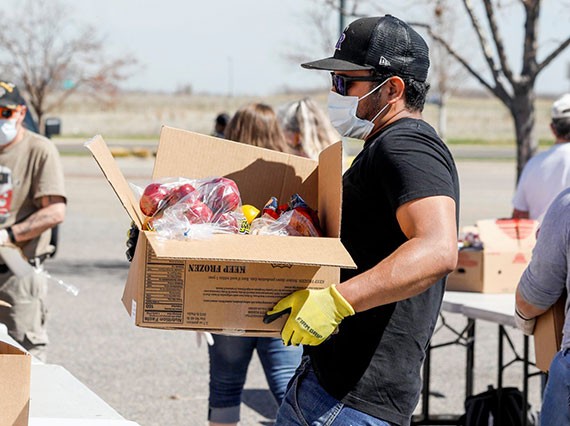
Our waste audits and Reverse Logistics Disposition Reporting (RLDR) system give us more insight into the kinds of materials we’re using, as well as how we can mitigate waste at the source, adjust current buying behaviors, assess market-ready end-of-life options, and more.

